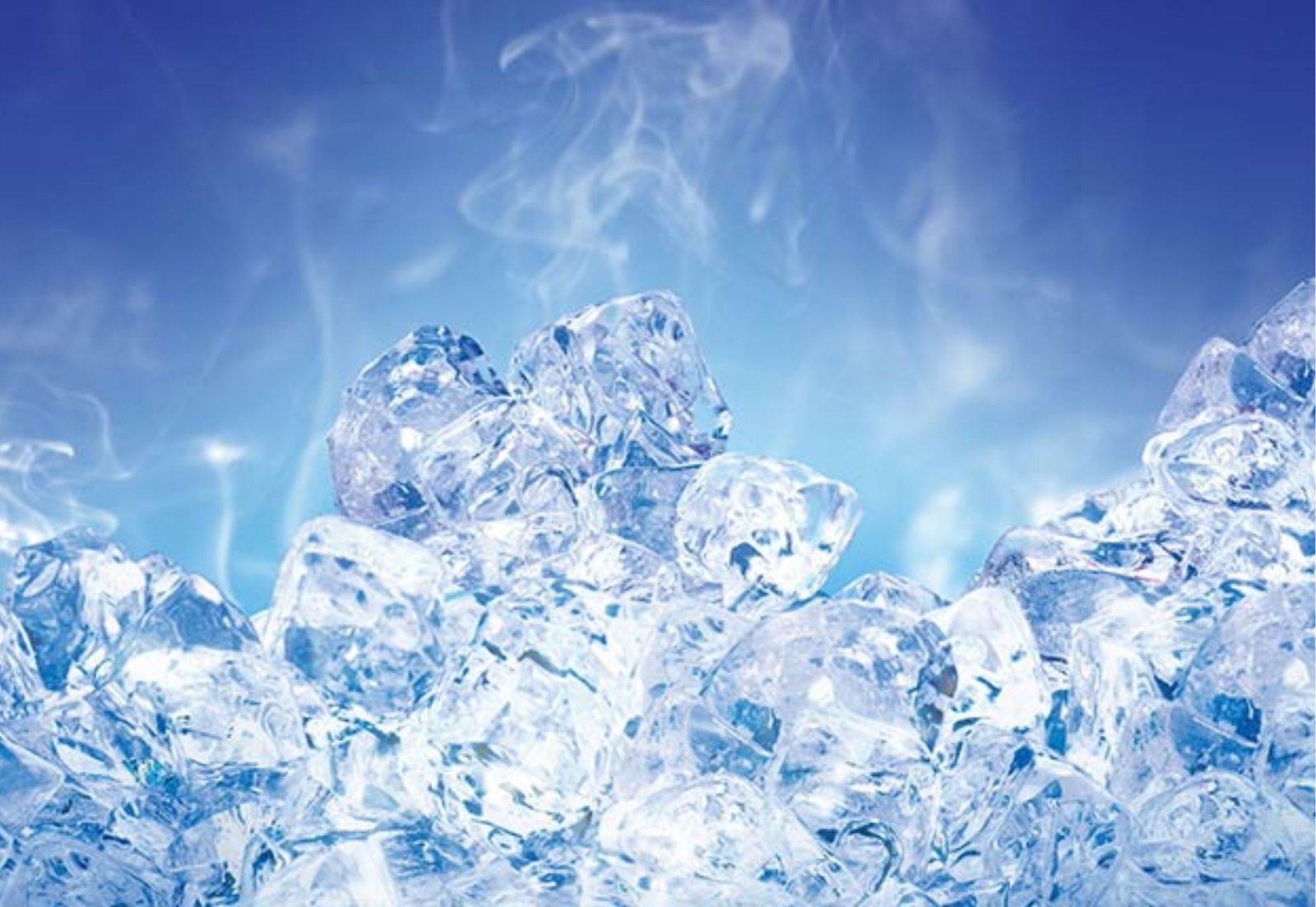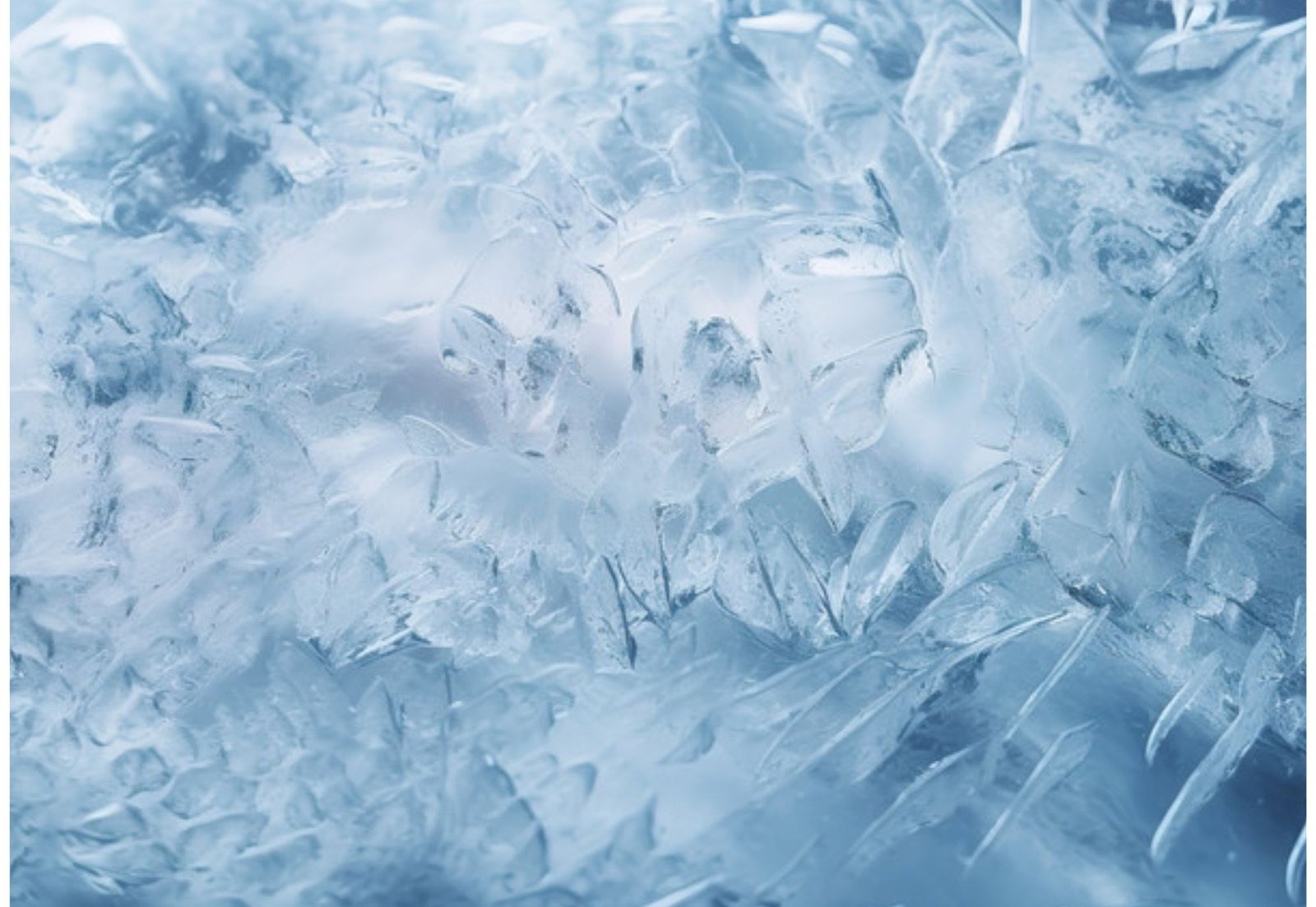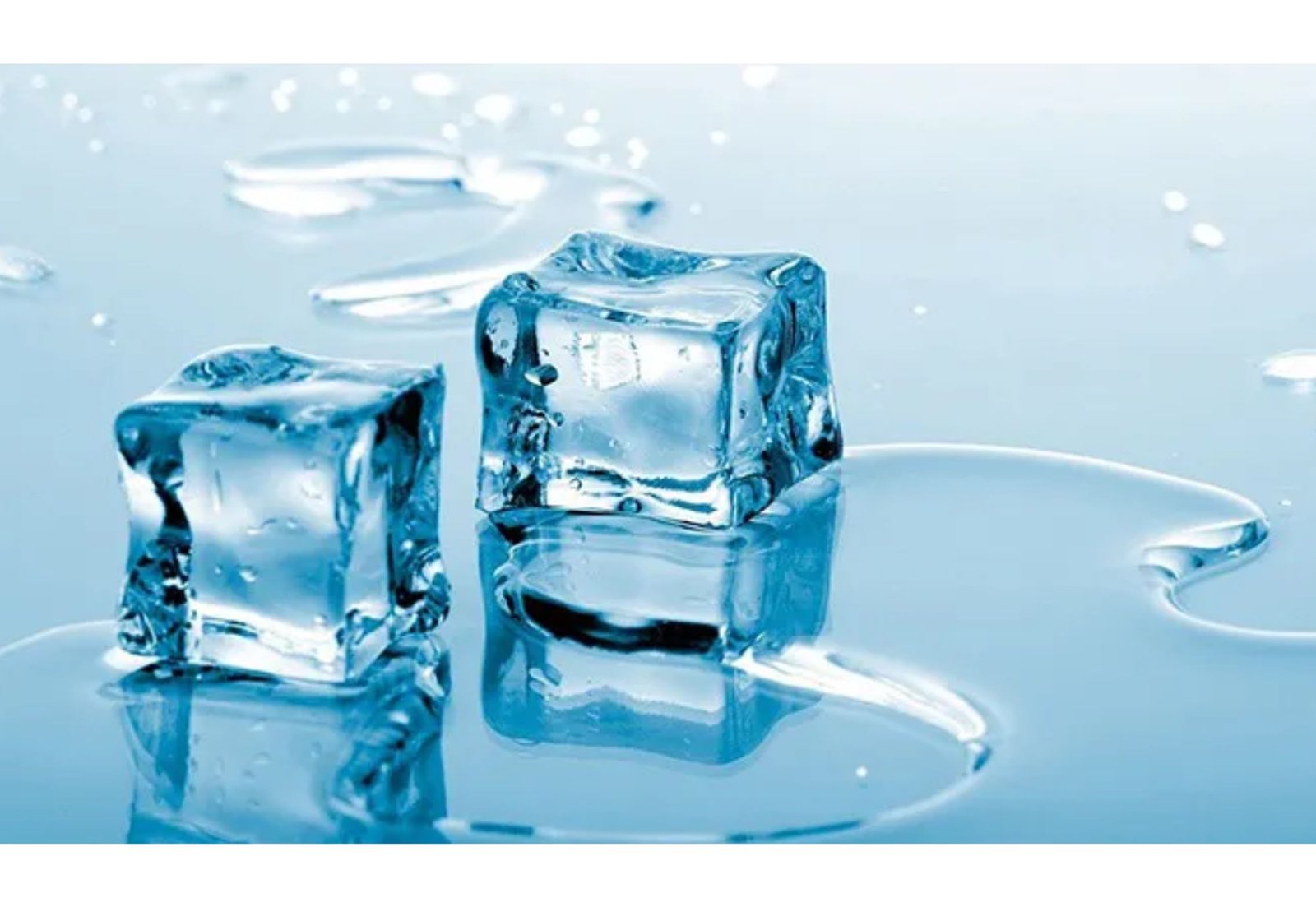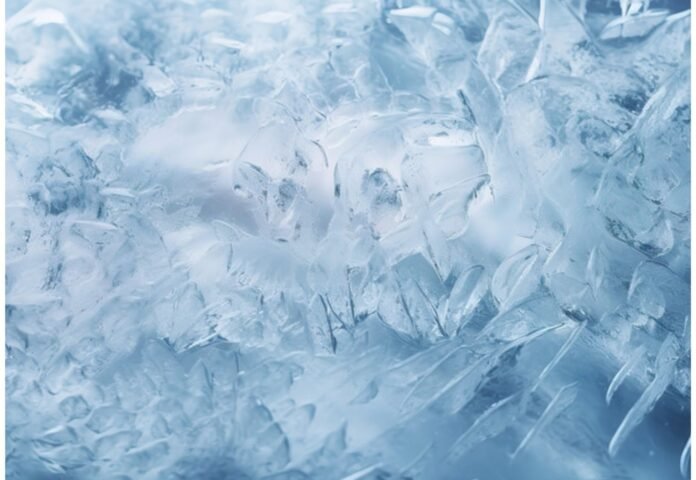Ice, though seemingly simple, plays a crucial role in our daily lives, from chilling our drinks to preserving food. Understanding the various methods of making ice can enhance your ability to create the perfect ice for any occasion, whether you’re hosting a party, running a restaurant, or simply enjoying a cold beverage at home. This article explores the science behind ice formation, different methods of making ice, and tips for achieving the best results.
Links Domain: https://lawadvisors.pamshion.net

Understanding the Science of Ice Formation
Ice is formed when water molecules slow down and arrange themselves into a crystalline structure as the temperature drops below freezing (0°C or 32°F). The quality and clarity of ice depend on several factors, including the purity of the water, the rate of freezing, and the presence of impurities or air bubbles.
The Role of Water Purity
Water purity is a key factor in determining the clarity of ice. Tap water often contains dissolved minerals, impurities, and gases, which can lead to cloudy ice. Using filtered or distilled water can help produce clearer, more aesthetically pleasing ice cubes.
The Freezing Process
The rate at which water freezes also affects the quality of ice. Slow freezing allows impurities and air bubbles to escape, resulting in clearer ice. Conversely, rapid freezing traps these impurities within the ice, leading to a cloudy appearance.
Traditional Methods of Making Ice
There are several traditional methods of making ice, each with its advantages and drawbacks. Understanding these methods can help you choose the best one for your needs.
1. Ice Trays
Ice trays are the most common method of making ice at home. They are simple to use and available in a variety of shapes and sizes. Here’s how to use them effectively:
- Step 1: Choose the Right Tray: Ice trays come in different materials, such as plastic, silicone, and stainless steel. Silicone trays are flexible and allow for easy removal of ice cubes, while stainless steel trays offer durability and a more professional look.
- Step 2: Fill with Water: Fill the tray with water, leaving a small gap at the top to allow for expansion as the water freezes.
- Step 3: Freeze Slowly: Place the tray in the freezer and allow the water to freeze slowly. For clearer ice, consider using filtered water and setting your freezer to a slightly higher temperature.
- Step 4: Remove and Store: Once the ice is frozen, remove the cubes from the tray and store them in an airtight container to prevent them from absorbing odors from the freezer.

2. Ice Bags
Ice bags are another traditional method used for making and storing ice in bulk. They are especially useful for parties or events where large quantities of ice are needed.
- Step 1: Fill the Bag: Fill the ice bag with water, ensuring it is properly sealed to prevent leaks.
- Step 2: Freeze: Place the bag in the freezer, laying it flat to ensure even freezing.
- Step 3: Break the Ice: Once frozen, gently break the ice inside the bag by tapping it against a hard surface.
- Step 4: Store and Use: The broken ice can be stored in the bag or transferred to a container for easier access.
Advanced Ice-Making Techniques
For those seeking more refined ice, there are advanced techniques and equipment available that can produce crystal-clear, perfectly shaped ice.
1. Directional Freezing
Directional freezing is a technique used to create clear ice by controlling the direction in which water freezes. This method is commonly used in high-end bars and restaurants to create visually appealing ice for cocktails.
- Step 1: Prepare the Container: Use an insulated container, such as a cooler, to control the direction of freezing. Leave the top of the container open.
- Step 2: Fill with Water: Fill the container with filtered or distilled water. The open top allows impurities and air bubbles to rise to the surface.
- Step 3: Freeze Slowly: Place the container in the freezer and allow the water to freeze from the bottom up. This forces impurities to rise, leaving the ice below clear.
- Step 4: Cut the Ice: Once the water has frozen, remove the block of ice and cut it into cubes or shapes using a serrated knife or ice pick.

2. Ice Makers
Commercial and home ice makers offer a convenient way to produce large quantities of ice with consistent quality. These machines vary in size and functionality, from small countertop units to large industrial machines.
- Step 1: Choose the Right Machine: Select an ice maker based on your needs. Consider factors such as production capacity, ice shape, and ease of maintenance.
- Step 2: Set Up and Fill with Water: Follow the manufacturer’s instructions for setting up the machine and filling it with water.
- Step 3: Let the Machine Work: Once the machine is set up, it will automatically produce ice. Many ice makers offer options for different ice shapes, such as cubes, nuggets, or flakes.
- Step 4: Store the Ice: Most ice makers have a built-in storage bin. Transfer the ice to an airtight container or ice bag for long-term storage.
Tips for Perfect Ice
Regardless of the method you choose, there are several tips that can help you achieve perfect ice every time:
- Use Pure Water: Always use filtered or distilled water for the clearest ice.
- Freeze Slowly: Slow freezing produces clearer ice by allowing impurities to escape.
- Avoid Odors: Store ice in an airtight container to prevent it from absorbing freezer odors.
- Experiment with Shapes: Ice trays and molds offer a variety of shapes and sizes. Experiment to find the best fit for your needs.
- Keep Equipment Clean: Regularly clean your ice trays, molds, or ice maker to prevent contamination.
External link: art.htmlhttps:/jetluxury.techarmz.com/transformed-celebrity-
Conclusion
Making ice may seem like a simple task, but with the right techniques and equipment, you can elevate the quality of your ice to match even the most sophisticated needs. Whether you’re a home enthusiast or a professional bartender, understanding the science of ice formation and the methods available will help you create ice that not only chills but also enhances the visual and sensory experience of any drink or dish. With practice and attention to detail, perfect ice is within your reach.
